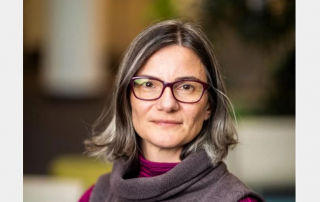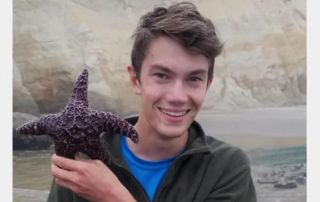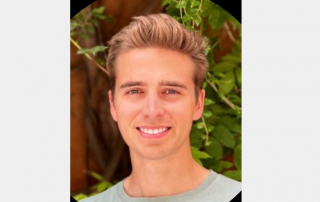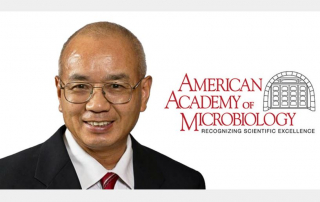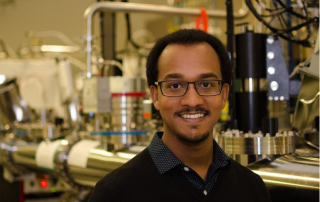Congratulations to Anya Grafov for being awarded the Best Poster Award at the IEEE Magnetics Summer School in Taipei
Anya Grafov, a graduate student at JILA, has been awarded the Best Poster Award at the IEEE Magnetics Society Summer School 2024. Studying under JILA Fellows and University of Colorado Boulder Physics professors Margaret Murnane and Henry Kapteyn, Grafov’s poster titled “Probing Ultrafast Spin Dynamics with Extreme Ultraviolet High Harmonics” was one of only nine to receive this prestigious recognition.
“Winning this award from the IEEE Magnetics Society is an incredible honor. It validates the hard work and dedication put into our research and motivates us to continue pushing the boundaries in magnetics research,” stated Grafov. “Our technique is quite niche, so I wanted to focus my poster on our actual measurement technique and the experiments we conduct. It’s an overview of the measurement technique and examples of two recent projects we’ve been working on using our beamline.”
Highlighting the fundamentals and new research, like Grafov’s, in magnetics, the annual summer school brings together graduate students worldwide to study magnetism through lectures by international experts and poster presentations.
“It was a great experience to learn about different aspects of magnetism, from fundamental research to applied technologies like spintronic devices and magnetic artificial intelligence,” she added.

